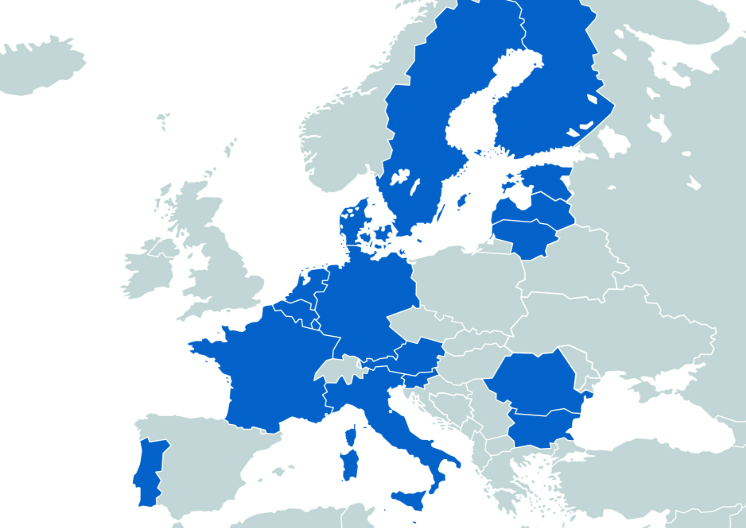In the field of industrial property in Europe, two concepts are often confused: the Unitary Patent and the so-called EU Patent. While both aim to simplify the protection of inventions across Europe, they refer to different mechanisms with distinct legal structures and scopes.
The Unitary Patent: One Protection for Multiple Countries
The Unitary Patent is a new system designed to provide uniform patent protection across several EU countries through a single application. This patent system came into effect in June 2023, alongside the launch of its judicial body, the Unified Patent Court (UPC).
Under this system, a European patent granted by the European Patent Office (EPO) can be given unitary effect in all EU member states that have ratified the Agreement on a Unified Patent Court. As of now, over 17 EU countries participate, though not all EU states have joined the system (for example, Spain is not currently a member).
Key advantages:
- Only one translation and a single renewal fee.
- Reduced administrative and legal costs.
- Centralized litigation through the UPC.
In summary, the Unitary Patent is not an EU-wide patent per se, but rather a post-grant option that gives uniform effect to a European patent in the participating countries.
And What About the European Patent?
The European patent is granted by the European Patent Office (EPO) under the European Patent Convention (EPC). It is not a single patent valid across the entire EU. Once granted, the patent must be “validated” individually in each country where protection is sought, following national procedures such as translations and fee payments.
Importantly, the EPC includes not only EU countries but also non-EU states like Switzerland, Norway, and Turkey.
This route remains an efficient way to obtain regional protection without the need for filing multiple national applications.
At Iglesias Darriba & Co., we advise companies, inventors, and entrepreneurs on the most effective strategies to protect their inventions in Europe—whether through the Unitary Patent system or via traditional national or regional filings.
Understanding these distinctions can make a real difference in terms of cost, coverage, and legal certainty.

Leave a Reply